 Last year, the U.S. Surgeon General released an advisory on teen mental health and social media use, and it's a doozy. The advisory argues that teens are more likely to experience depression and anxiety due to excessive social media use, and that high social media use increases the odds of developing ADHD. All of the positives of social media are condensed into a single paragraph surrounded by statistics which seemingly prove that social media is unequivocally detrimental to teens’ mental health.
Last year, the U.S. Surgeon General released an advisory on teen mental health and social media use, and it's a doozy. The advisory argues that teens are more likely to experience depression and anxiety due to excessive social media use, and that high social media use increases the odds of developing ADHD. All of the positives of social media are condensed into a single paragraph surrounded by statistics which seemingly prove that social media is unequivocally detrimental to teens’ mental health.The Surgeon General’s report is one of many that spreads the narrative that teen mental health is in decline because of social media. While I won’t sit here and argue that there are no downsides to social media, it is important to understand that this narrative relies on studies that are short-term and correlational, and that a lot of literature either brushes over or completely ignores the benefits of social media for teens.
The United States is in the midst of a teen mental health crisis, with the CDC reporting that in 2021, 4 in 10 students felt persistently sad or hopeless and one third experienced poor mental health. Many researchers have looked to social media as the main cause of this crisis, since social media is the most significant change in the way that teens have socialized over the past few decades. The data seems to point to a link between social media use and mental health issues, as the Surgeon General suggested.
However, it’s hard to tell whether increased social media use causes mental health issues, or the other way around. A review analyzing the results of studies that looked at the association between social media use and depression revealed that twice as many studies found nonsignificant associations than found positive associations. This means that while higher social media use is correlated with worse mental health, using more social media doesn’t necessarily cause depression. Since many teens use social media as a coping mechanism and to find communities they can relate to, teens with depression, anxiety, or other mental health issues might use social media more or differently than their neurotypical peers.
As someone with anxiety, my screen time shoots up when my anxiety levels rise. This isn’t because using my phone makes me more anxious, but because scrolling through Instagram Reels helps me decompress. So, despite the narrative spread by the Surgeon General and others, the evidence doesn’t show that social media use strongly impacts teen mental health.
Social media also provides a space for teens to connect with friends and explore their identities. Teens are growing up without free and available third places—areas away from home or school—where they can socialize with peers. Instead of hanging out in malls or at skate parks, teens spend time with each other on Snapchat or Instagram. These social media sites serve the same function as in-person interactions. According to the American Academy of Pediatrics, digital spaces provide teens with the freedom to connect with their peers, explore their identities, and indulge in curiosities.
As a teenager, my friends and I stayed in touch after school by sending each other memes over Instagram direct messages. We made fan accounts for TV shows, books, and movies and built skills in writing, photo and video editing, and social media management through creating and sharing fan content.
LGBTQ+ youth also tend to spend a lot of time exploring their identities in online spaces. According to Senior Research Scientist Linda Chamaraman, Ph.D., of WCW’s Youth, Media and Wellbeing Research Lab, more anonymous sites such as Tumblr provide safe spaces for teens to engage with their LGBTQ+ peers and learn more about their identities. For queer youth in homophobic areas, these spaces can serve as a lifeline, fostering social connections and creating a sense of community for people who might not otherwise have one. [The Youth, Media & Wellbeing Research Lab recently published a study about online and offline supports for LGBTQ+ youth and the effect on their loneliness.]
Yes, this socializing doesn’t look much like it did 20 or 30 years ago, but different doesn’t always mean worse. Relationships formed between teens through social media are just as meaningful, even if they’re not happening face to face.
In the face of scholarly research that blames social media as the root cause for teen mental health issues, it’s important to remember that social media use isn’t inherently good or bad. Social media is designed to be addictive and more research needs to be done on long-term effects of use. But that doesn’t mean that we have to fear social media, or that we should overlook its positive effects. Next time you use social media, think about how it makes you feel, about the friends that you get to stay in contact with or the interests you get to pursue. Social media has changed the way we interact, but that’s not necessarily a bad thing.
Paige Sangston is a member of the Wellesley College Class of 2024 majoring in American Studies.


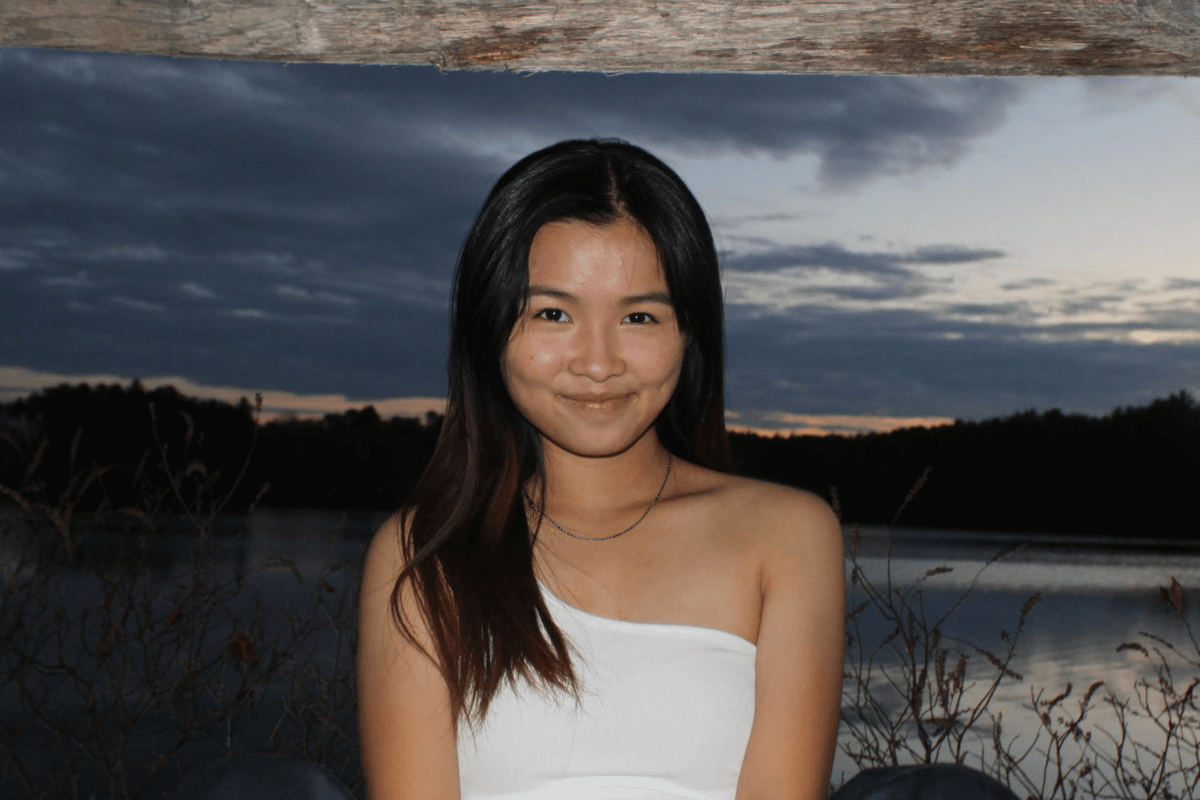
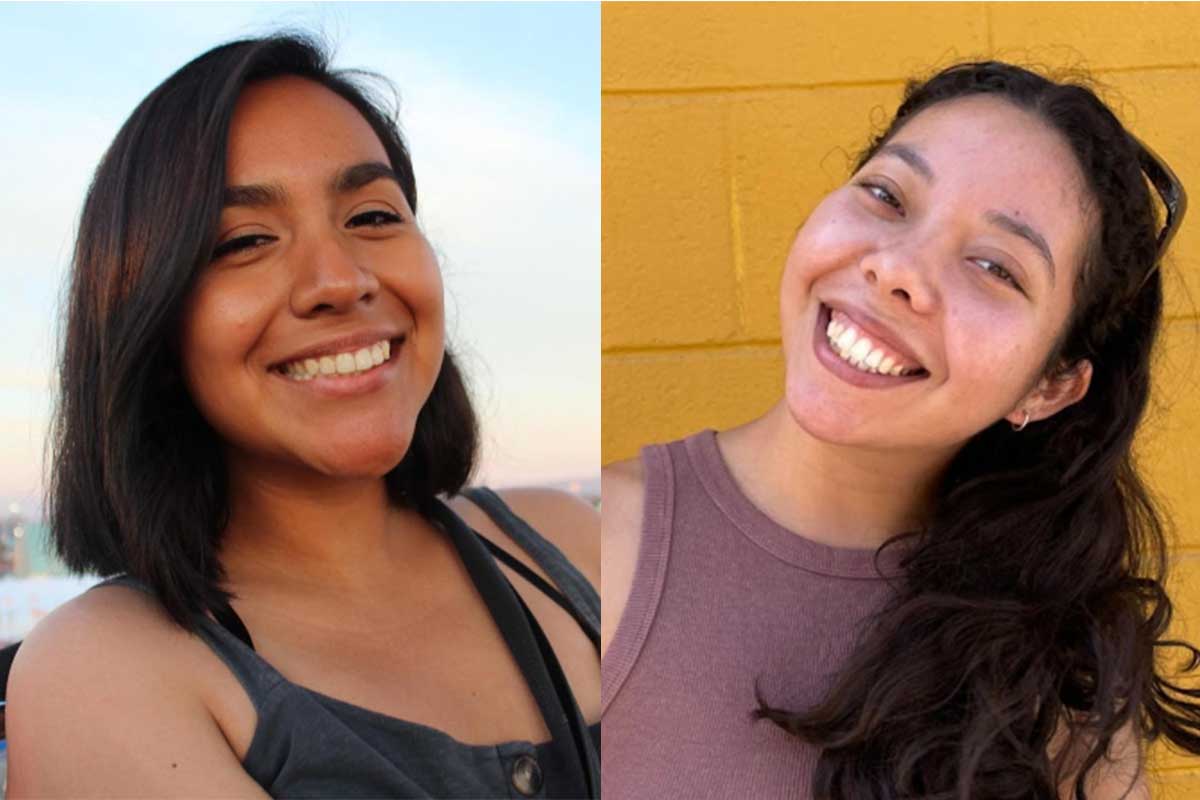
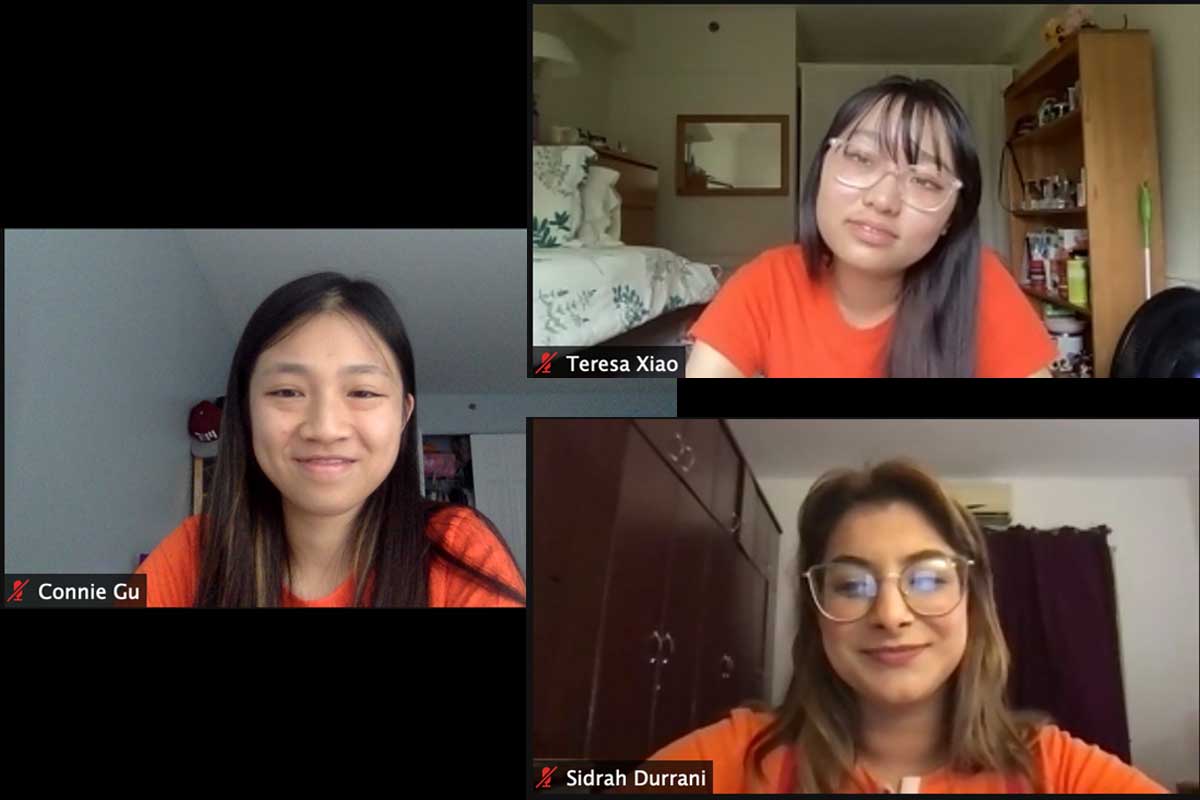

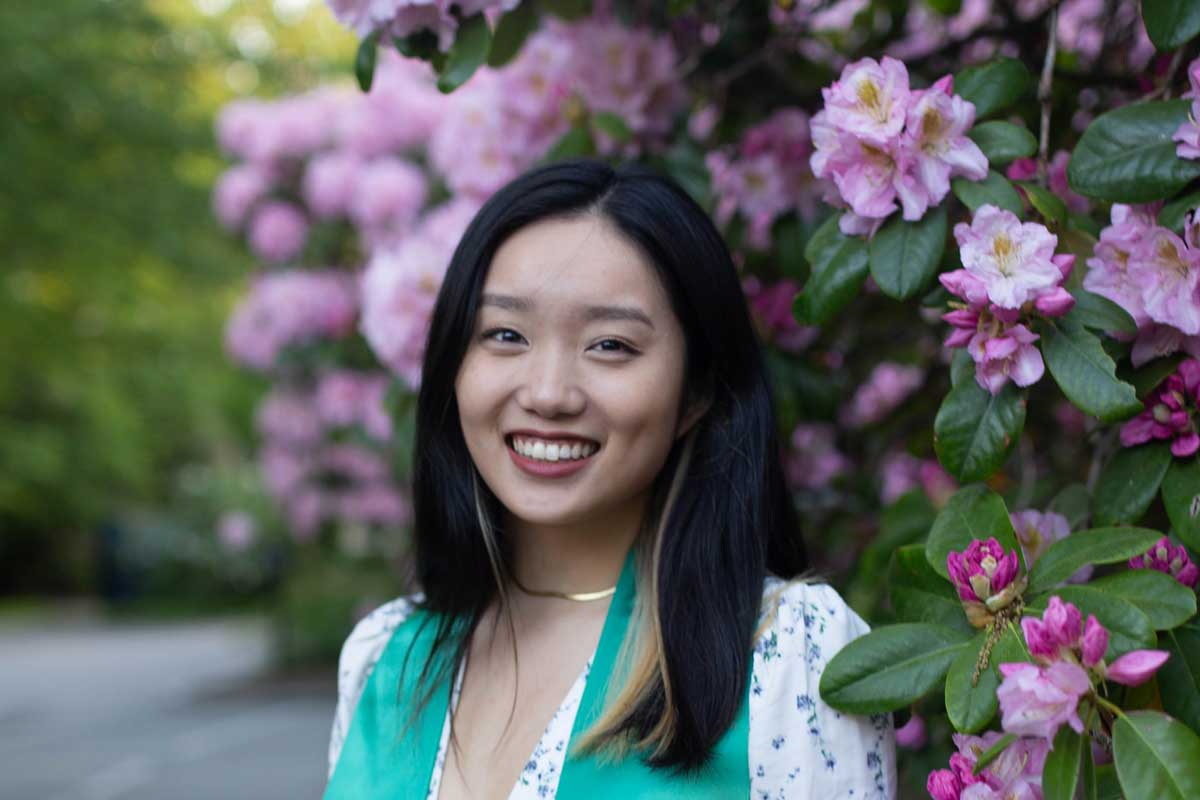
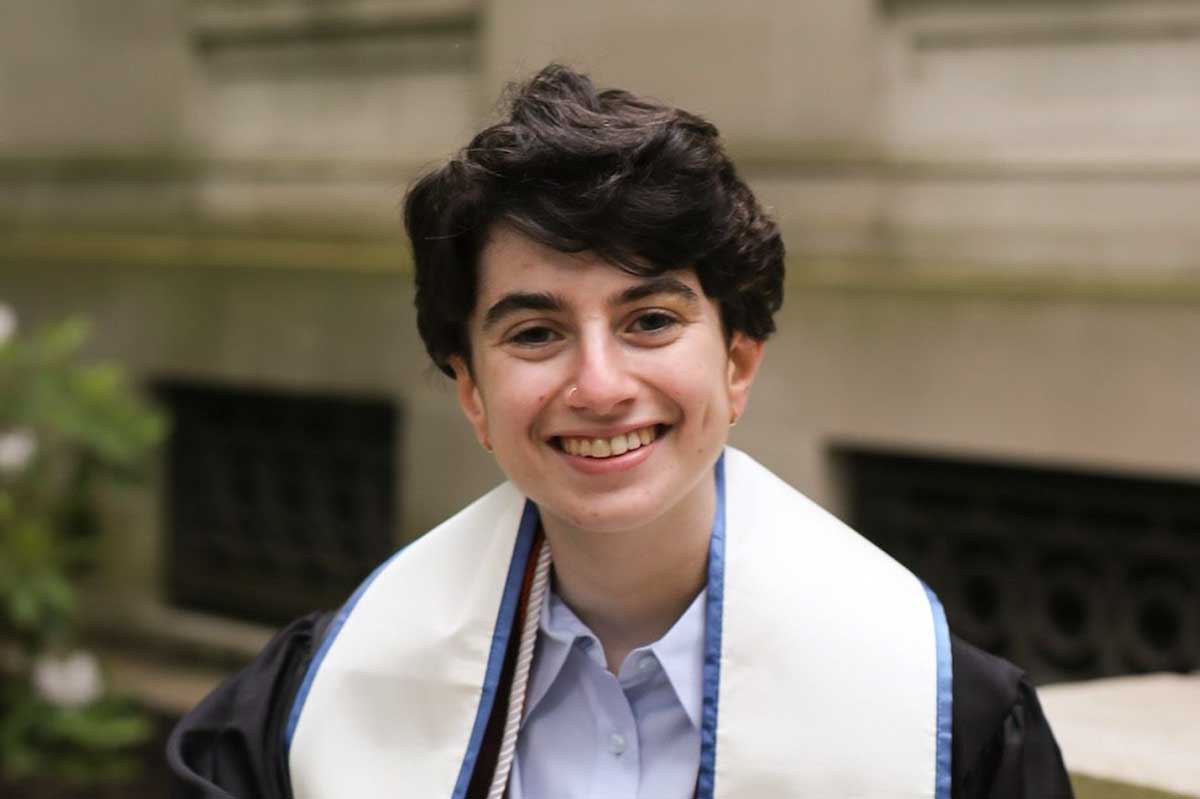
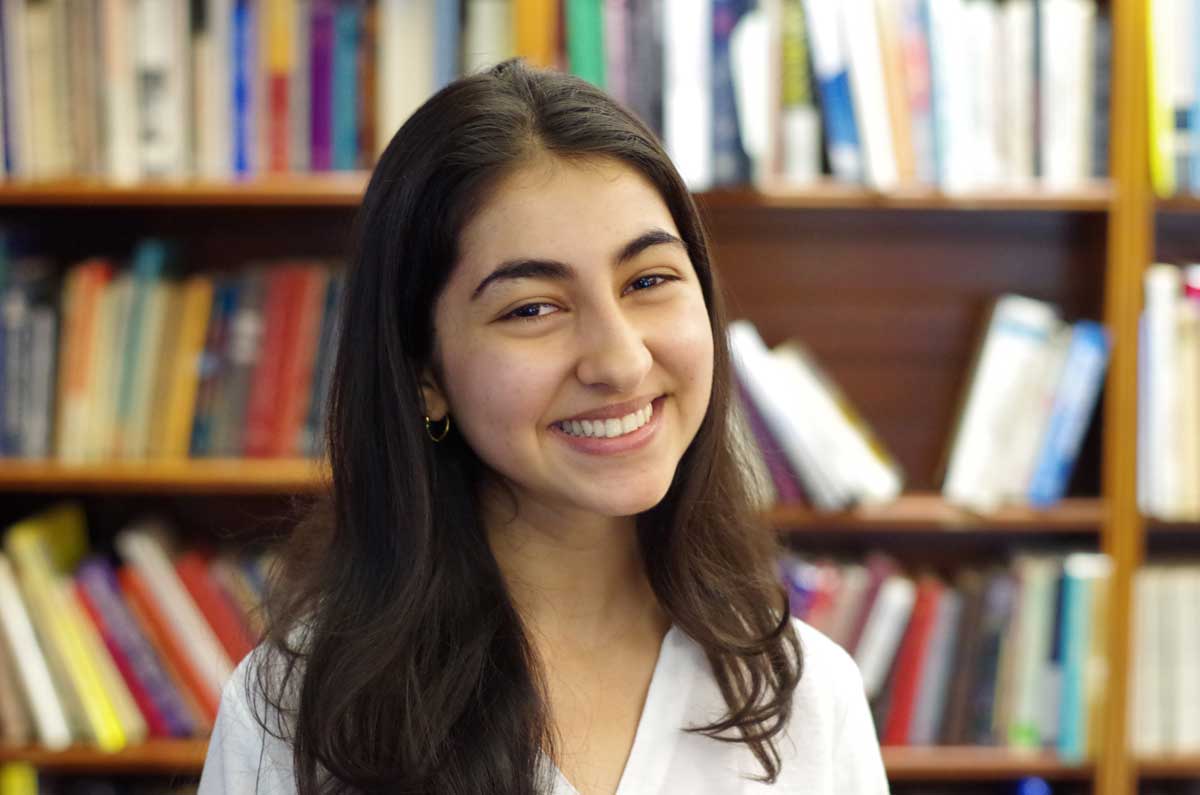 I never knew that I would have the opportunity to do social science research as an undergraduate until I got to Wellesley College. Towards the end of my first year, with my academic interests starting to gravitate toward Sociology and South Asia Studies, I knew I wanted to connect the concepts I was learning in the classroom to action-oriented research that produced tangible results for communities that I cared about. Through the helpful guidance of my peers, professors, and mentors, I discovered that I could get that opportunity by working at the Wellesley Centers for Women.
I never knew that I would have the opportunity to do social science research as an undergraduate until I got to Wellesley College. Towards the end of my first year, with my academic interests starting to gravitate toward Sociology and South Asia Studies, I knew I wanted to connect the concepts I was learning in the classroom to action-oriented research that produced tangible results for communities that I cared about. Through the helpful guidance of my peers, professors, and mentors, I discovered that I could get that opportunity by working at the Wellesley Centers for Women.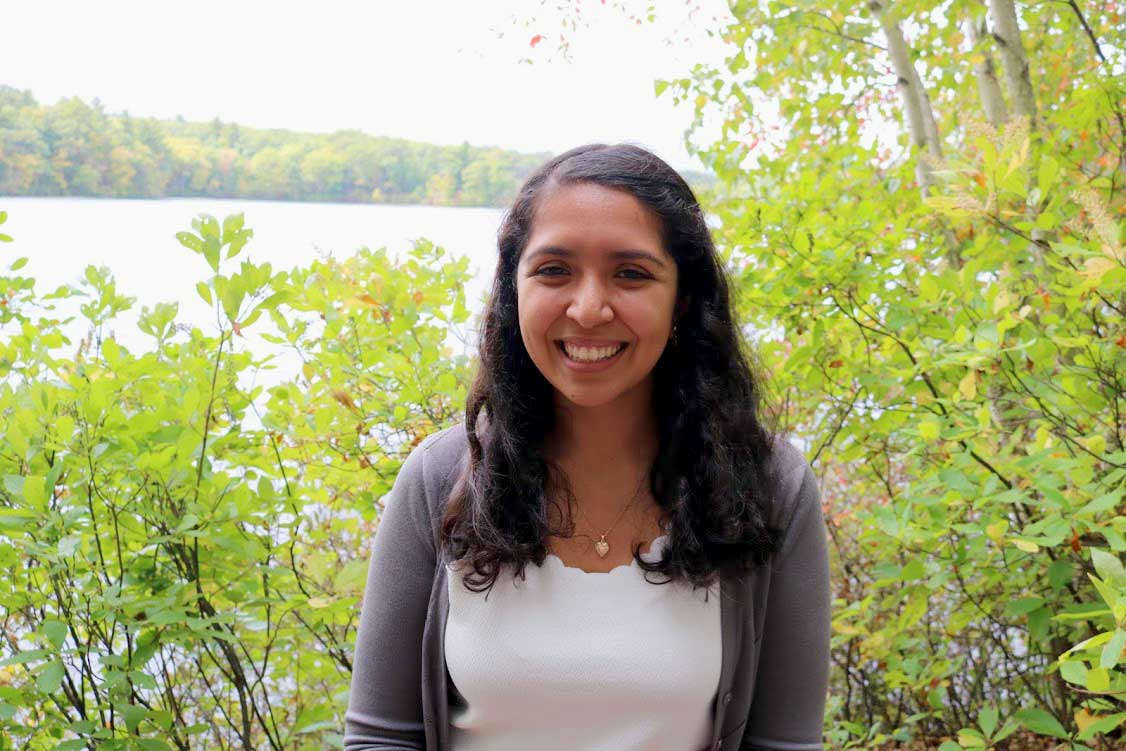 It is the spring of 2020, and my senior year at Wellesley College is not at all what I imagined it would be like. Before concerns about COVID-19 led
It is the spring of 2020, and my senior year at Wellesley College is not at all what I imagined it would be like. Before concerns about COVID-19 led  A recent
A recent 